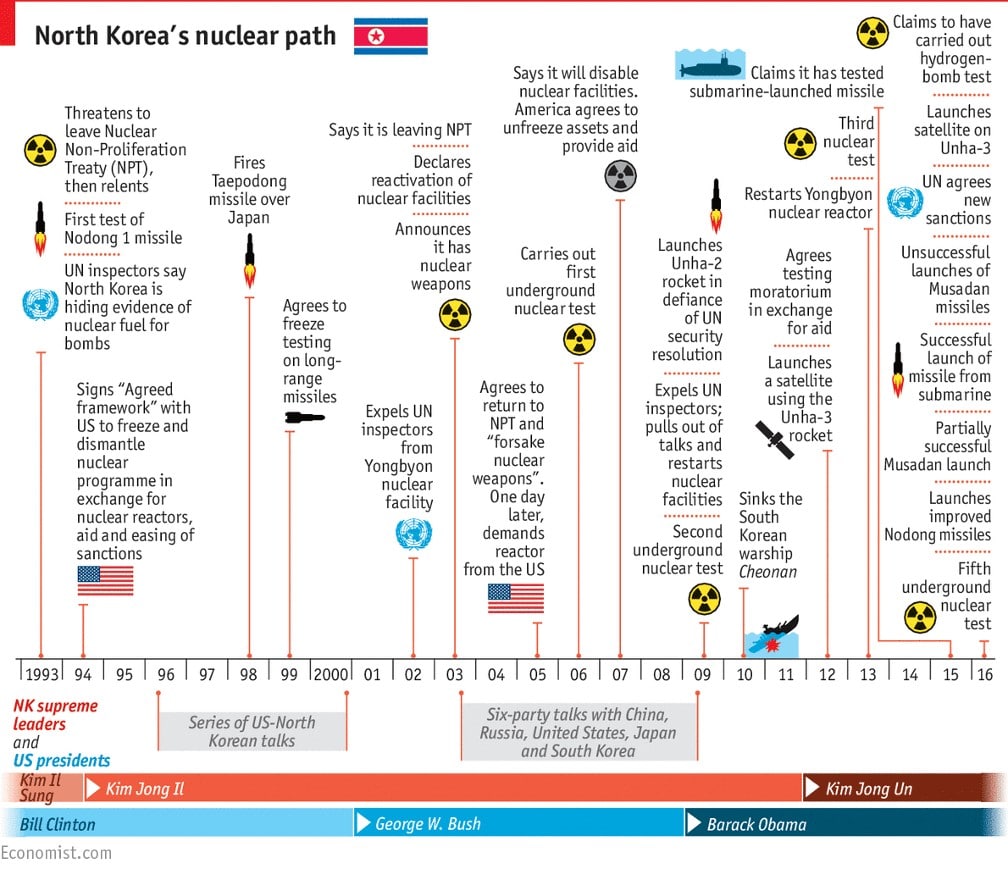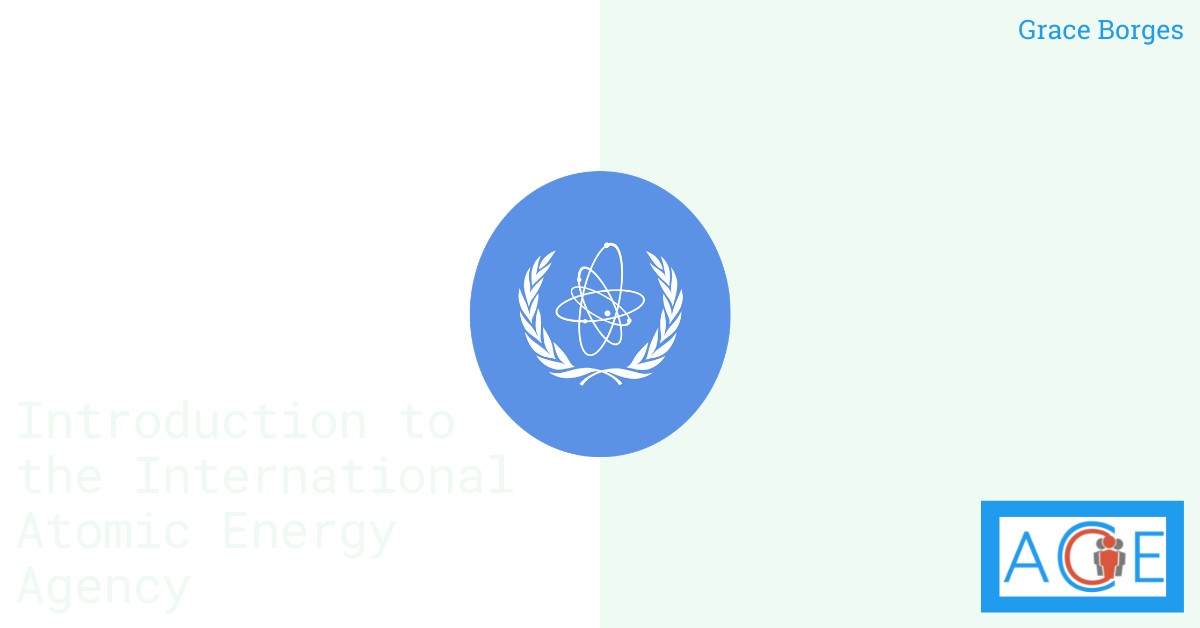Announced on March 31st, 2021, President Biden’s American Jobs Plan aims to rebuild America’s infrastructure while creating millions of new jobs and modernizing various sectors of the American economy. In addition to repairing the nation’s outdated roads, bridges, airports, and electric grids, the plan calls for investing in social services, promoting racial equity, boosting wages, and expanding high-speed internet access across the country.
With an eye towards meeting the challenges of climate change and an increasingly competitive China, the plan also endeavors to “innovate for the future” by jumpstarting manufacturing, improving job training programs, and revitalizing research & development into key technologies.
The bill calls for almost $2.3 trillion in new spending. In tandem with the American Jobs Plan, President Biden is proposing a new Made in American Tax Plan that would offset the infrastructure package’s hefty price tag and eventually reduce the ballooning budget deficit. By raising close to $2 trillion over 15 years, this plan would specifically:
- Increase corporate tax rates from 21% to 28% (though this is still markedly lower from the 35% rate that existed before Trump’s 2017 tax reform bill);
- Establish a global minimum tax of 15% on income earned overseas for U.S. companies;
- Eliminate loopholes that encourage companies to move profits to overseas tax havens.
The Biden administration is spearheading negotiations on a broader global minimum tax rate for corporations with the Organization for Economic Cooperation and Development (OECD). The goal of a global minimum tax rate is to establish a tax system where a company will pay a certain percentage of its profits in taxes to its home country, regardless of where those profits are being earned. In other words, an American company that moves some of its operations offshore to a low-tax jurisdiction would have to pay the US government the difference between their minimum rate and whatever the company paid on its overseas earnings. For example, if a company from a country with a global minimum rate of 15% earned overseas profits that were taxed at 5%, the government would be entitled to bring the company into compliance by charging it an additional 10%. This new global tax regime would apply to multinational companies irrespective of where they’re headquartered and hopefully deter countries from competing for business by lowering tax rates.
Proponents of this tax plan argue that not only will it reward investment at home by offering a tax credit to firms that move jobs back to the US, it will also incentivize investment in green energy and American manufacturing. Most notably, it would finally ensure US-based multinational firms, like Amazon & Netflix, pay their fair share by closing legal loopholes that corporations exploit to dodge paying federal taxes.
Opponents of the tax plan cite the post-pandemic timing of the proposal as dangerous for a country trying to recover from a recession. They believe the tax increases will slow economic recovery and make the US a less attractive investment option on a global scale, especially after just lowering the corporate rate from 35% in 2017.




